Group wants social art design in revitalisation of Port of Spain
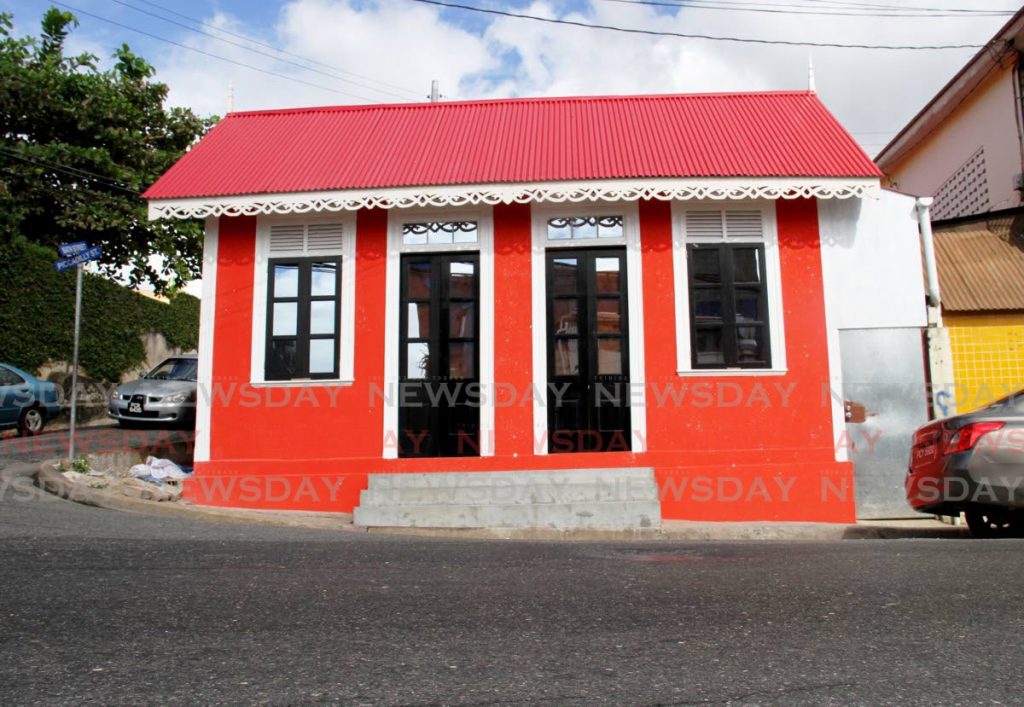
THE Government has plans to revitalise Port of Spain. The nonprofit organisation Dada and Projects wants social art design to be part of those revitalisation plans.
Artist Dean Arlen defined social art design as “a methodology close to social work, and that methodology takes into serious consideration the social-justice aspect and social-psychological aspect of working alongside communities.” He added that social art is finding the character of a community or space through a participatory exercise between the artist and the community over a specific period.
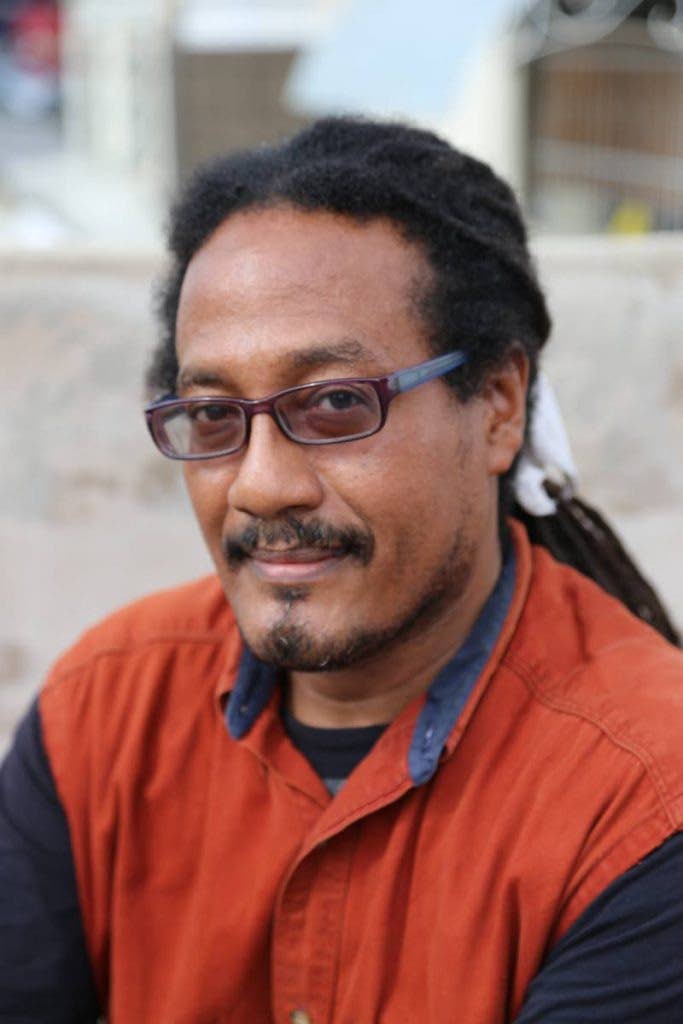
The NGO was established in 2011 and aims to “facilitate the development of and installation of public art in Trinidad and Tobago in ways which enhance and protect the physical environment and support the surrounding communities through collaborations, partnerships, and support networks for art and artistic ecological projects that are environmentally sustainable.”
Arlen is a member of the NGO and it has been around for at least five years. The NGO has approximately four directors and five members. University of the West Indies (UWI) Professor Emerita Rhoda Reddock is among the directors.
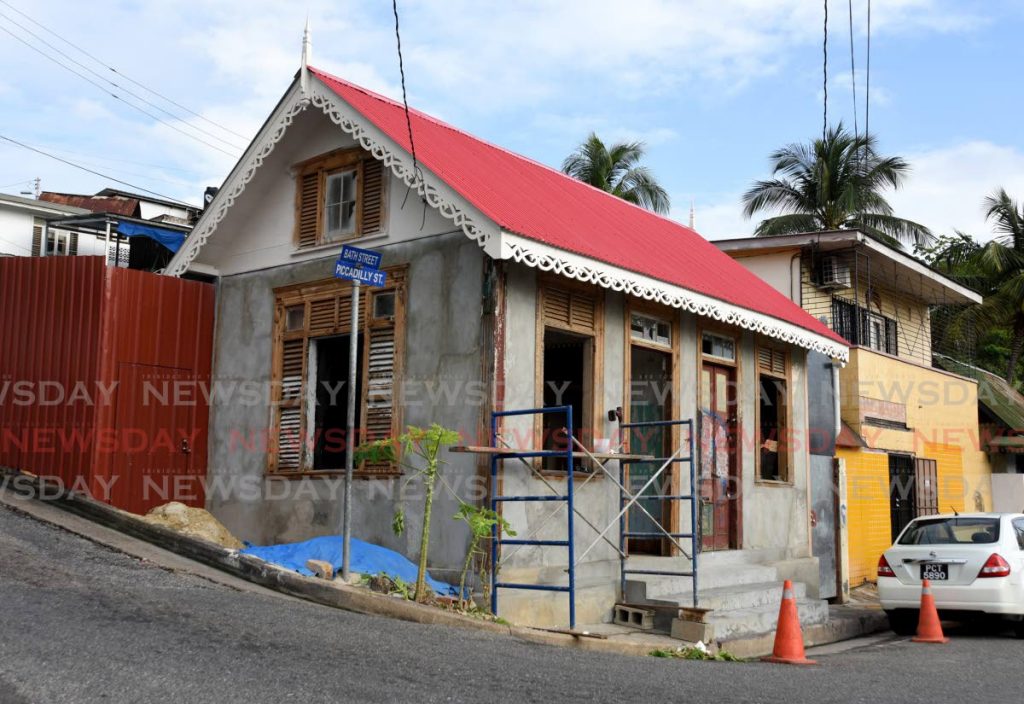
Dada and Projects’ approach, it says, is guided by philosophies of social justice and socially engaged practice which is collaborative, often participatory, involves people, and facilitates progressive social change.
Its members see this approach being a part of what the revitalised capital would look and feel like.
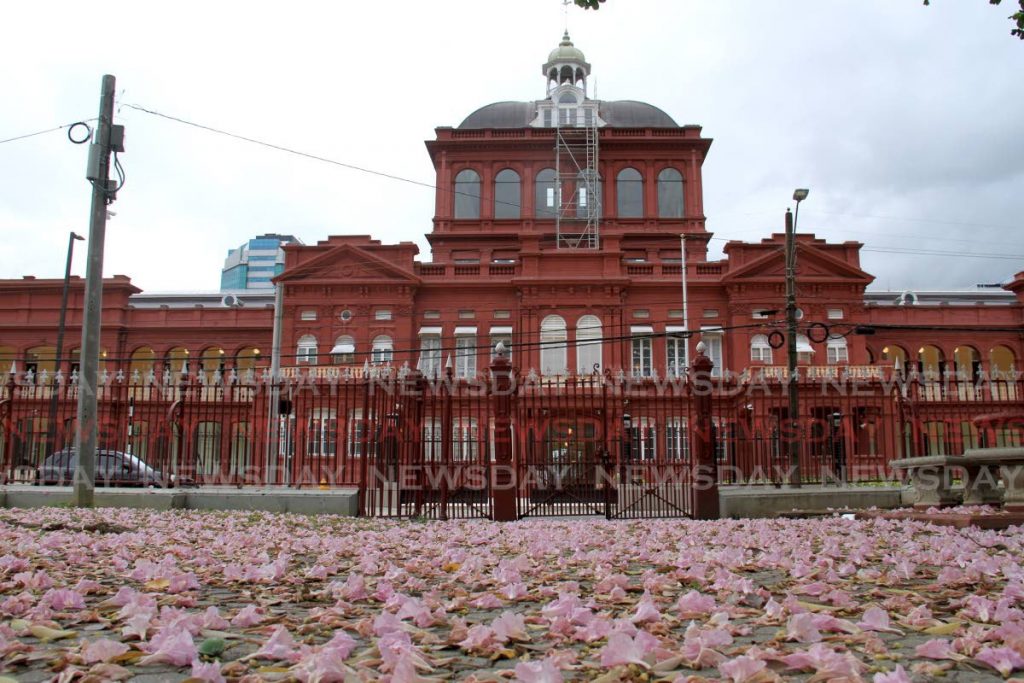
“The city’s design should draw upon the vibrations of its artistic, environmental and cultural expressions, our reverberations, our gestures, mannerisms, and dialect should be imprinted into the vernacular of Port of Spain’s contemporary architecture,” it said in its response to the plans for the city.
The Prime Minister announced the plans last year for a revitalised Port of Spain including Memorial Plaza Development, the development of the Udecott-owned property at Keate Street and south of Memorial Park; the development of the Salvatori site; a Piccadilly Street development, City Gate development and Foreshore Green Space.
Interior designer and Dada and Projects member Danielle Elefant asked, “When revitalisation of Port of Spain (and not the surrounding areas) is the goal of this ambitious set of projects, does proposing a new 'Green Lung' on reclaimed land west of Mucurapo Road make any sense?”

Elefant said while she would not discourage the development of green spaces, they needed to be carefully considered to have the desired impacts.
“There are many potentially negative environmental effects associated with reclaimed land – namely repercussions for marine life, pollution of water and soil, displacement of marine sediment, loss of essential mangrove habitat, among other issues with which I am sure the city is familiar from previous reclamation exercises,” she said.
She said taking this approach did nothing to improve the daily quality of life of people living and working in the city.
“Why not devote these resources to planting trees along sidewalks – to increase shade, reduce heat island effect (the United States Environmental Protection Agency says heat islands are urbanised areas that experience higher temperatures than outlying areas) and contribute immensely to the walkability of Port of Spain? Why not focus on our existing squares, in which the city has been cutting down trees for safety, to create easily accessed spots for a beautifully landscaped lunch break, to ease the impact of inhabiting a concrete jungle?
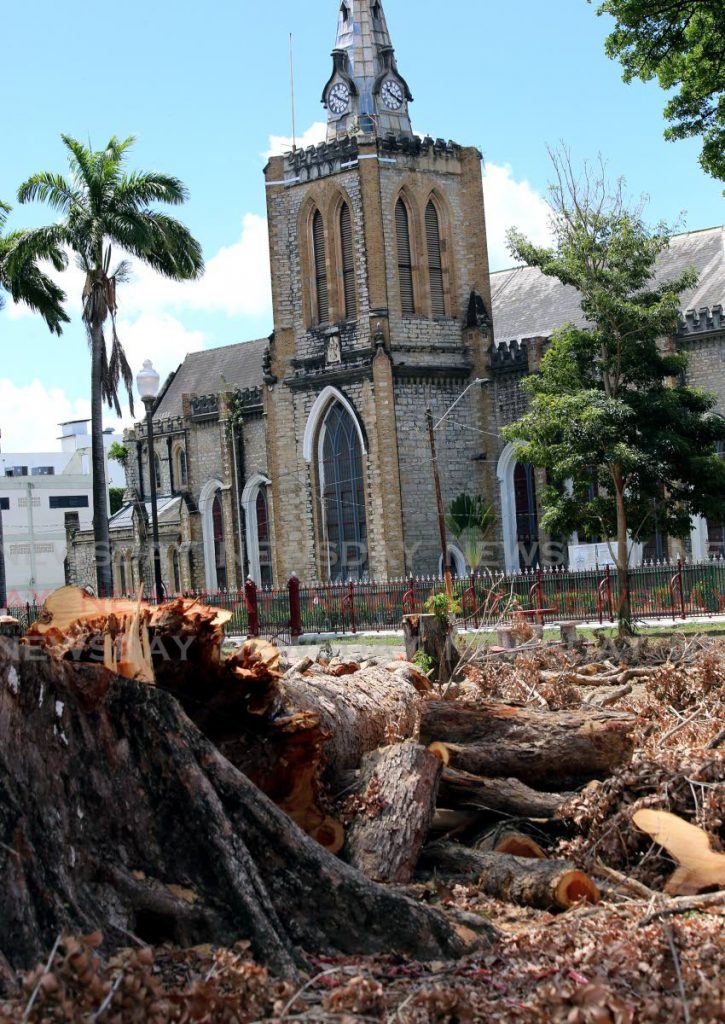
“Why not beautify retention ponds, creating landscaped lakes of water in a concrete jungle? Why not capture vacant lots and turn them into micro parks or community gardens wherein residents can learn about agriculture and contribute to growing some of their own food? In these same micro parks, why not also partner with local artists to create public art installations which further engage the populace?
Kaleel Kanor-Doublier, architectural designer, visual and installation artist and a Dada and Project member, in his contribution to Dada's suggestions for the Port of Spain revitalisation said the architecture of buildings on Piccadilly Street serves as a reminder of the architecture that once filled the capital.
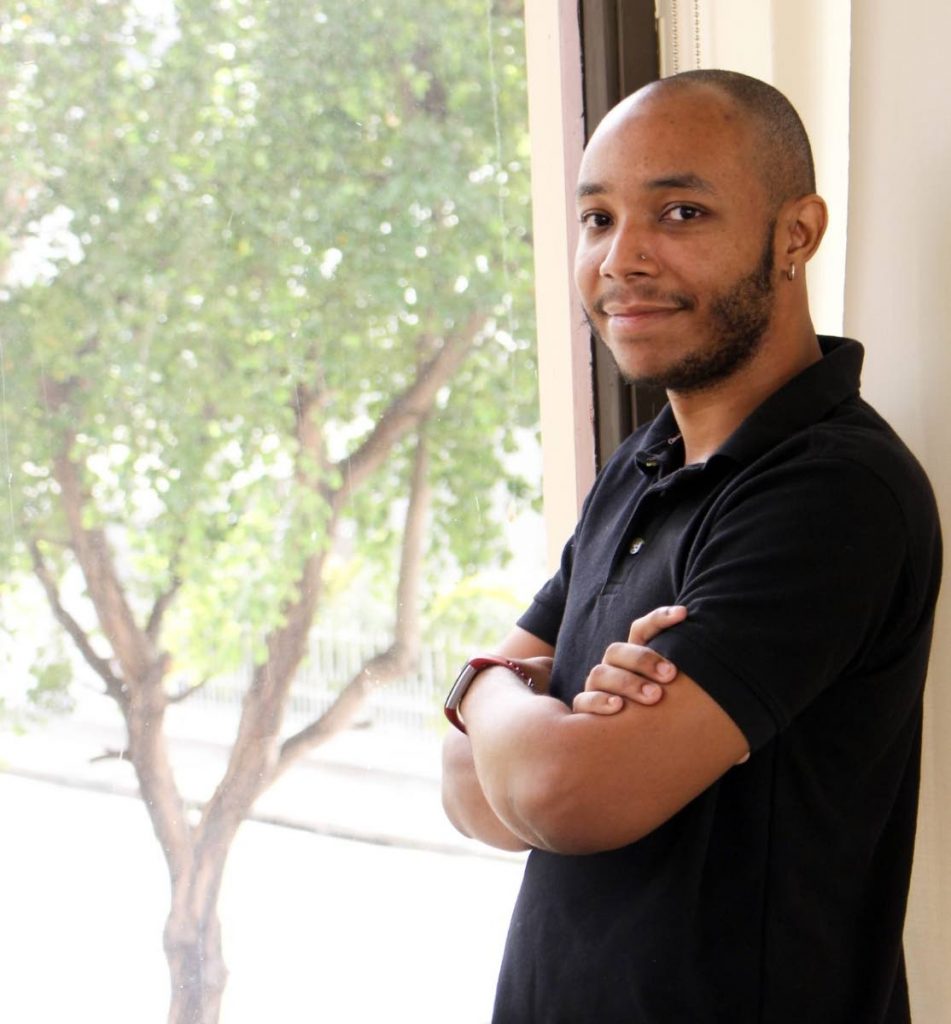
Kanor-Doublier said Trinidad and Tobago continued to treat its heritage sites with scant courtesy, which formed part of its culture of “ungratefulness and disposability.”
He also reminded of the proposals by the National Trust for the declaration of a historical district in mid-Port of Spain, in the area around Woodford Square, which includes the Red House, Trinity Cathedral, and the old Public Library.
For Arlen, Dada and Projects has seen the work of social art design in projects like the Tacarigua Sculptural Playspace Project.
Its Facebook page said the project, “is perceived as a play area for children and young people two-16 years of Tacarigua, greater Tunapuna, Arouca and Environs” but also opens up discussions about the role of indigenous art and design in planning communities, contributing to social well-being and stimulating the creative and active use of green space by children.
Arlen also wants to use the social/co-operative model to work with tech-voc, engineering, social work and geography students. Doing so will challenge the student to see alternatives, he said.
Arlen and the organisation plan to use skills found in the community – masonry, welding, joinery – to build the spaces.
He also believes that social/co-operative art design can be used to create therapeutic spaces in Trinidad and Tobago.
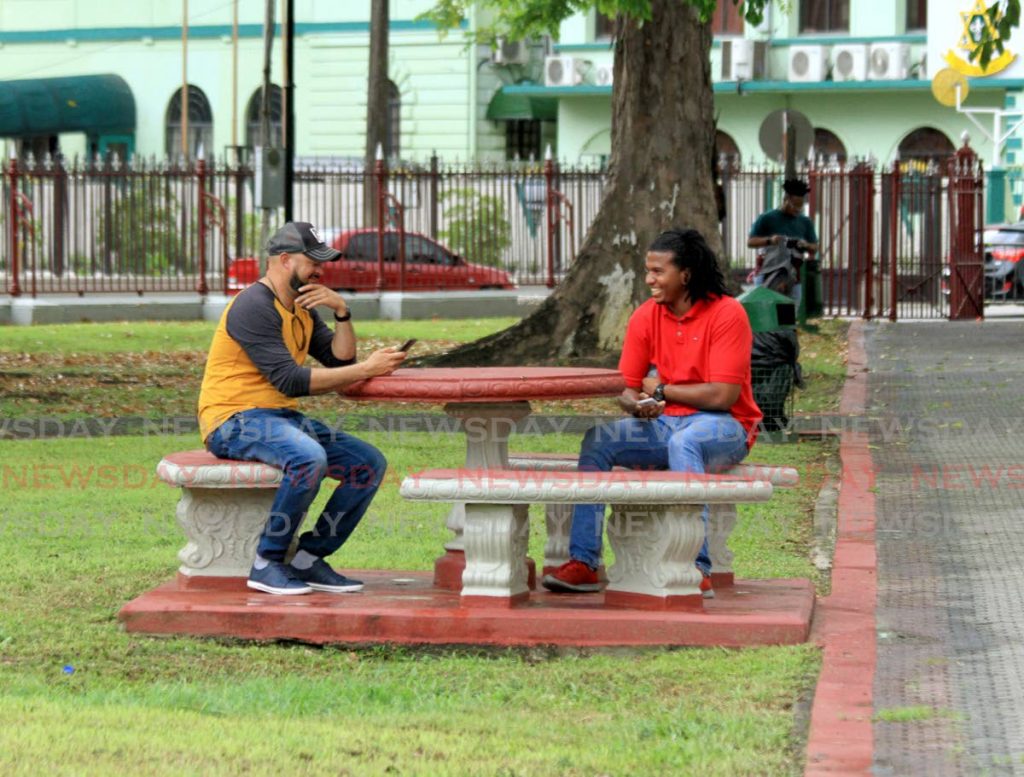
“Trinidad and Tobago’s development has gone on without any acknowledgement of our past trauma, slavery, indentureship and colonialism…these came with specific pain. This specificity is at the mental and physical dysfunction we are witnessing in our communities…the literature is there. I have always been intrigued with how social/co-operative art design can be leveraged to make the space therapeutic.”
He also believes the social art/co-operative model will aid in stimulating economic development in the communities, since “every community has mechanics, welders and woodworkers…”
As for the revitalisation, Arlen believes social art design has a role to play in not only reforming space for urban renewal but also for psycho-social empowerment and building stronger, empowered communities.
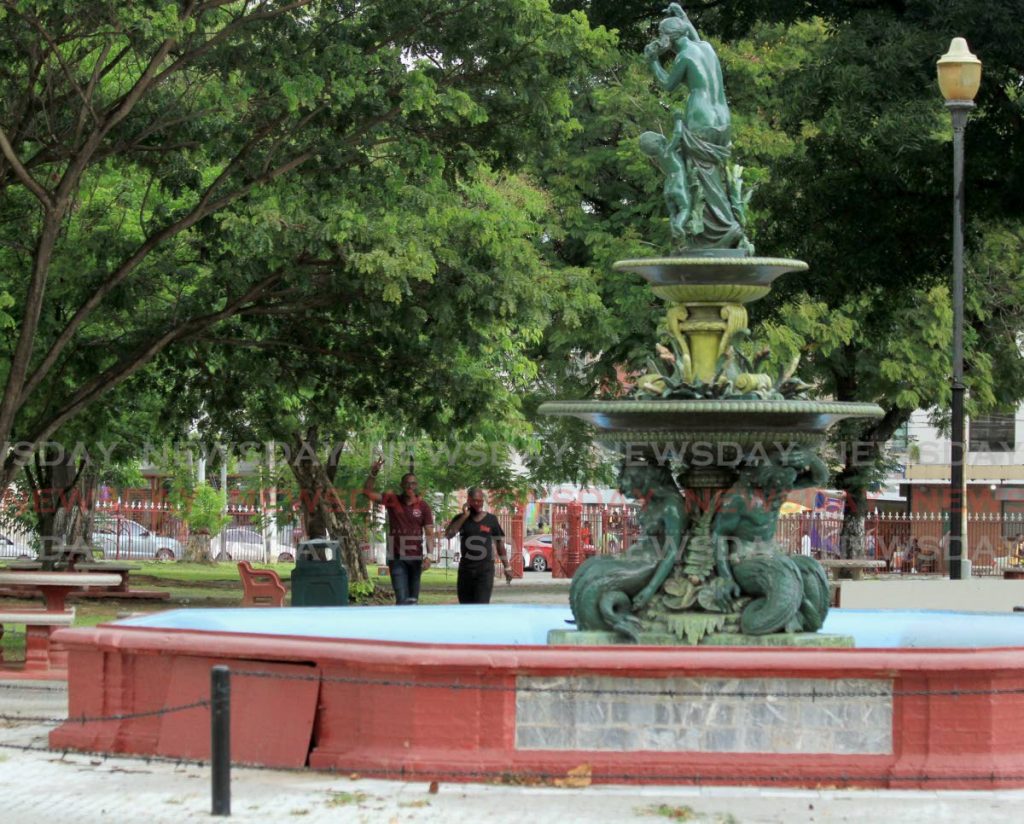
He said the socially-trained artists should be able to sit at the table of corporate, manufacturing, state, community agencies and civil society.
“We support the understanding that art and design, applied through a social development methodology, can invigorate peoples, communities, landscapes and communal spaces and acknowledge the difficulties in facilitating a truly human-centred development,” the release said.
It added that new terminologies emerged for the approach of incorporating the spirit of the people into design such as radical design, vernacularism, place-making, socially engaged art and social art-design.
The organisation said it supported the intent of making a city that reflects the people in their creativity and one that reflects the quest for social justice and beauty for all inhabitants.


Comments
"Group wants social art design in revitalisation of Port of Spain"